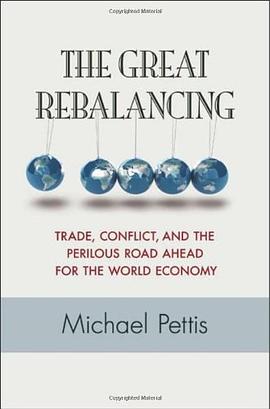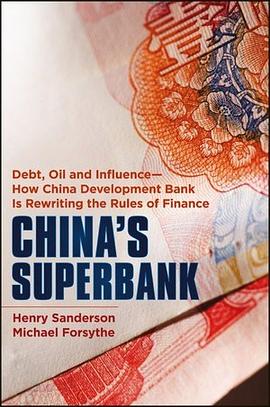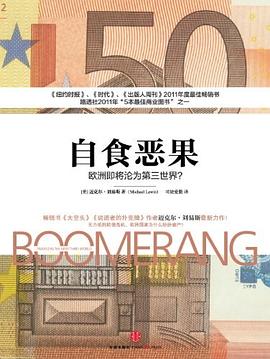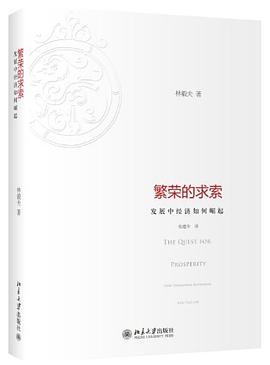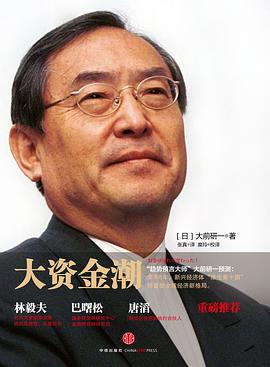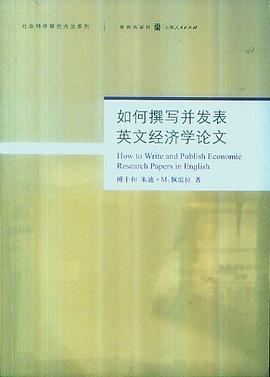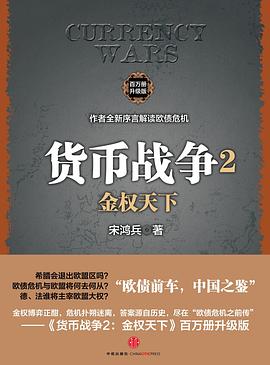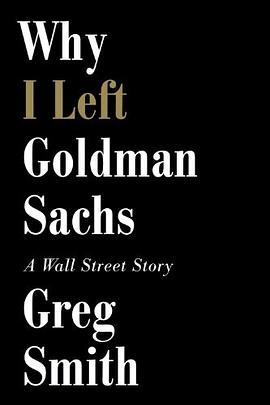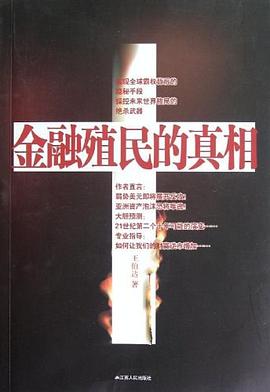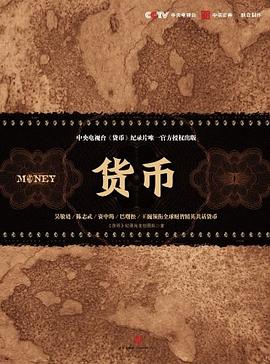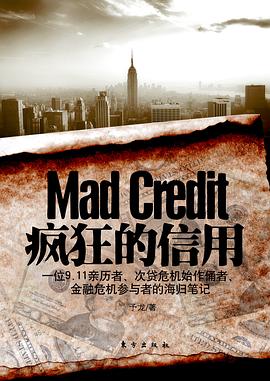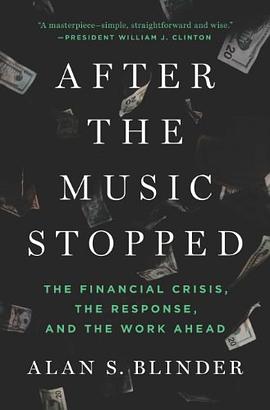

One of our wisest and most clear-eyed economic thinkers offers a masterful narrative of the crisis and its lessons
Many fine books on the financial crisis were first drafts of history—books written to fill the need for immediate understanding. Alan S. Blinder, esteemed Princeton professor, Wall Street Journal columnist, and former deputy chairman of the Federal Reserve Board, held off, taking the time to understand the crisis and to think his way through to a truly comprehensive and coherent narrative of how the worst economic crisis in postwar American history happened, what the government did to fight it, and what we can do from here—mired as we still are in its wreckage.
With bracing clarity, Blinder shows us how the U.S. financial system, which had grown far too complex for its own good—and too unregulated for the public good—experienced a perfect storm beginning in 2007. Things started unraveling when the much-chronicled housing bubble burst, but the ensuing implosion of what Blinder calls the “bond bubble” was larger and more devastating. Some people think of the financial industry as a sideshow with little relevance to the real economy—where the jobs, factories, and shops are. But finance is more like the circulatory system of the economic body: if the blood stops flowing, the body goes into cardiac arrest. When America’s financial structure crumbled, the damage proved to be not only deep, but wide. It took the crisis for the world to discover, to its horror, just how truly interconnected—and fragile—the global financial system is. Some observers argue that large global forces were the major culprits of the crisis. Blinder disagrees, arguing that the problem started in the U.S. and was pushed abroad, as complex, opaque, and overrated investment products were exported to a hungry world, which was nearly poisoned by them.
The second part of the story explains how American and international government intervention kept us from a total meltdown. Many of the U.S. government’s actions, particularly the Fed’s, were previously unimaginable. And to an amazing—and certainly misunderstood—extent, they worked. The worst did not happen. Blinder offers clear-eyed answers to the questions still before us, even if some of the choices ahead are as divisive as they are unavoidable. After the Music Stopped is an essential history that we cannot afford to forget, because one thing history teaches is that it will happen again.
具体描述
读后感
这本书年初就想看了,一直找各种借口拖延,直到拖到了6月股灾大崩盘,才把这本书找出来读。读这本书花了不少时间,因为很多专业的名词我并不是很了解。 全书以一个金融监管者角度回顾08年至12年次贷危机的发生与应对策略,详细讲述了各种政策实施的时机和原因,解释了为什么救...
评分 评分这本书年初就想看了,一直找各种借口拖延,直到拖到了6月股灾大崩盘,才把这本书找出来读。读这本书花了不少时间,因为很多专业的名词我并不是很了解。 全书以一个金融监管者角度回顾08年至12年次贷危机的发生与应对策略,详细讲述了各种政策实施的时机和原因,解释了为什么救...
评分强力推荐给有一定宏观经济学基础知识、且对金融危机有一定了解的专业人士。和《大而不倒》这样趣味性更强、试图还原决策过程的书不同,这本经济学家的著作显然更深入,当然相对也较为枯燥一些。 作为受尊敬的知名经济学家,Blinder行文严谨,让事实说话,举例子又比较浅显易懂...
用户评价
美国金融危机的产生以及美国救市举措
评分美国金融危机的产生以及美国救市举措
评分National Economic Issues的读物,老师说是她朋友写的(跪),特别客观特别详细,反正比宏经课上学的substantive不少
评分本想塑造下金融专业修养,结果好几处还都读得精彩,没想到。
评分美国金融危机的产生以及美国救市举措
相关图书
本站所有内容均为互联网搜索引擎提供的公开搜索信息,本站不存储任何数据与内容,任何内容与数据均与本站无关,如有需要请联系相关搜索引擎包括但不限于百度,google,bing,sogou 等
© 2025 book.wenda123.org All Rights Reserved. 图书目录大全 版权所有

